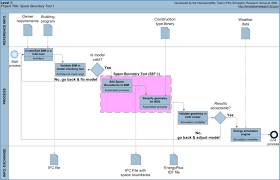What is a Dead Cat Bounce?

Introduction to Dead Cat Bounce
The term ‘dead cat bounce’ is a popular phrase used in financial markets to describe a temporary recovery in the price of an asset after a significant decline. This phenomenon typically occurs when investors perceive a brief upward trend, only for the price to fall again. Understanding this concept is essential for investors and traders as it can provide critical insight into market movements and potential investment strategies.
Understanding the Mechanics
A dead cat bounce generally follows a bearish trend, characterized by falling prices that have left market sentiment low. When prices increase, even marginally, it can entice traders who believe the dip represents a buying opportunity. However, this rebound is often short-lived. Research shows that dead cat bounces are prevalent in various asset classes, including stocks, cryptocurrencies, and commodities. According to data analyzed during the 2008 financial crisis, many stocks exhibited temporary recoveries before continuing a downward trajectory.
Recent Examples
In 2023, significant market fluctuations were observed across tech stocks, with many experiencing sharp corrections. Notably, the shares of several major firms rallied briefly after substantial declines, only to retreat again shortly after. Analysts highlighted these instances as classic examples of a dead cat bounce, reminding investors to remain cautious and avoid chasing these short-term rallies.
The cryptocurrency market also witnessed instances of dead cat bounces with Bitcoin’s significant price adjustments. After falling from record highs, various periods of short-lived price recoveries were recorded before further declines were observed.
Investing Strategies
Recognizing a dead cat bounce can be challenging for investors. Several strategies can help:
- Technical Analysis: Reviewing charts and pattern indicators can reveal reversible trends and potential dead cat bounces.
- Market Sentiment Analysis: Monitoring news and investor sentiment can help gauge whether the bounce has the potential to sustain or if it is merely a temporary recovery.
- Set Stop Loss Orders: To mitigate losses, setting stop-loss orders can allow investors to exit positions before further declines.
Conclusion
Understanding the dead cat bounce is crucial for navigating financial markets effectively. While it may present opportunities for some, it also poses risks for unsuspecting investors. Acknowledging that a bounce does not signify a long-term recovery can prevent loss of capital and promote better investment strategies. As markets continue to evolve, the ability to recognize such patterns will remain integral to trading success.









